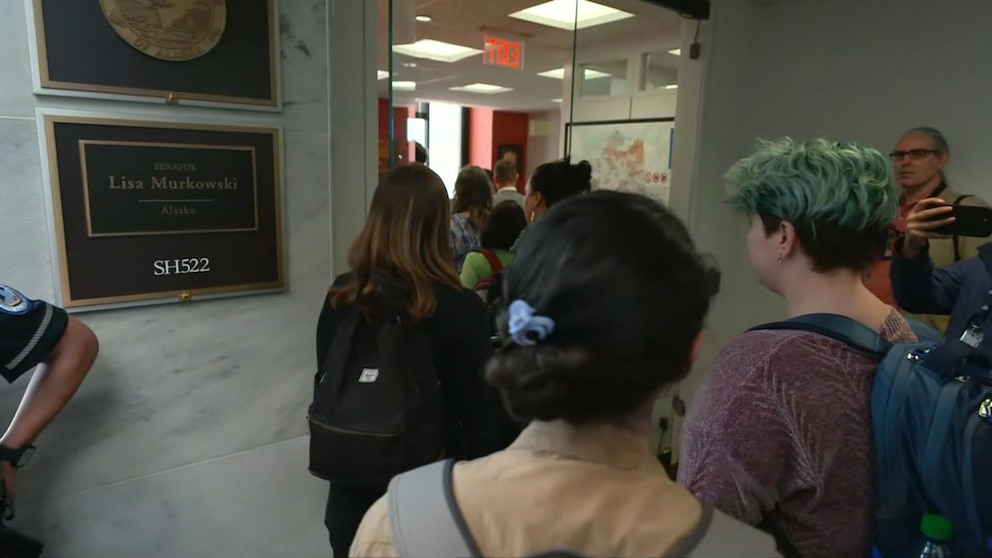Introduction: The Protest and Its Context
In recent weeks, a group of workers who were terminated by Elon Musk staged a sit-in protest at a senator’s office. This bold move was a direct response to their sudden and unexpected layoffs, which have left many without income or job security. The protest aims to draw attention to the harsh realities faced by workers under Musk’s leadership, highlighting issues such as lack of communication, disregard for employee welfare, and the broader trend of mass layoffs in the tech industry. The workers hope their protest will prompt policymakers to take action and hold companies accountable for fair labor practices.
The Human Toll: Stories from the Fired Workers
The personal stories of the fired workers reveal the emotional and financial strain caused by Musk’s abrupt terminations. Many workers shared their shock and disbelief upon being let go, often without warning or explanation. These individuals, who were once dedicated employees, now face uncertainty about their future, struggling to provide for their families and pay their bills. Their stories underscore the human cost of corporate decisions and the need for empathy and understanding in the workplace. The workers’ decision to protest at the senator’s office reflects their determination to fight for justice and accountability.
Response and Reactions: Support and Media Coverage
The sit-in protest has garnered significant support from the community, labor unions, and social media. The senator’s office has acknowledged the protesters’ concerns and promised to address the issue. Media coverage has also played a crucial role in amplifying the workers’ voices, bringing their plight to a wider audience and sparking public debate about workers’ rights. The protest has become a symbol of resistance against unfair labor practices, inspiring others to speak out against similar injustices.
Broader Implications: Economic and Social Impact
The mass layoffs under Musk’s leadership have far-reaching implications for the economy and society. Beyond the individual hardships, these terminations contribute to economic instability and a decline in consumer confidence. The tech industry, once a beacon of innovation and opportunity, is now facing criticism for prioritizing profits over people. The protest highlights the need for stronger labor protections and a more compassionate approach to corporate restructuring. It serves as a reminder that the consequences of such actions ripple through communities and affect the broader economy.
Historical Context: Labor Movements Past and Present
The current protest draws parallels with historical labor movements, where workers united to demand fair treatment and better working conditions. From the assembly lines of the industrial revolution to today’s tech industry, workers have consistently fought for their rights. This protest is part of a long tradition of collective action aimed at holding employers accountable. By understanding this historical context, we can appreciate the enduring struggle for workers’ rights and the ongoing need for advocacy and reform.
Conclusion: The Future of Worker Rights and Activism
As the protest continues, it serves as a powerful reminder of the resilience and determination of workers. The outcome of this sit-in will likely influence future labor policies and corporate practices. Whether it results in concrete changes or not, the protest has already succeeded in raising awareness and inspiring others to take action. The fight for workers’ rights is far from over, but moments like these remind us of the importance of standing together to challenge injustice and advocate for a more equitable future. The workers’ courage and dedication serve as a beacon of hope for those facing similar struggles, showing that collective action can lead to meaningful change.















